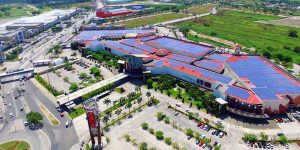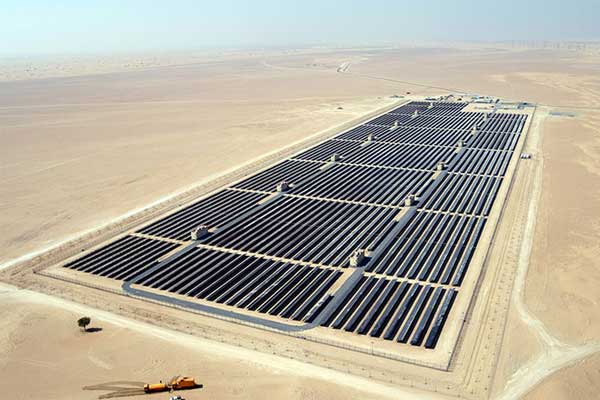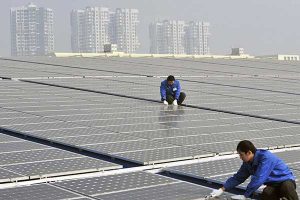The latest annual International Energy Agency (IEA) renewables publication, says global supplies of renewable energy is growing faster than expected and could expand by 50 percent in the next five years.
The IEA found that solar, wind and hydropower projects are rolling out at their fastest rates in four years.
The IEA report also says that as installation rates slow down, an uptick in activity is expected as prices continue to fall.
That a further 15 to 35 percent decline in the cost of solar power by 2024, could see the world’s solar capacity grow by 600 gigawatts, almost double the installed total electricity capacity of Japan.
In total, the world is expected to install 1,200 gigawatts of new renewable energy capacity in the next five years, equivalent to the total power capacity of the U.S.

Consisting of 10,880 solar panels and covering 1.75 hectares of roof space, as of May 2016, the Robinsons shopping mall in San Fernando, Pampanga is the largest own-use photovoltaic (PV) facility in the Philippines. (Image Credit: Inquirer)
“Renewables are already the world’s second-largest source of electricity, but their deployment still needs to accelerate if we are to achieve long-term climate, air quality, and energy access goals,” said Fatih Birol, the IEA’s executive director.
“As costs continue to fall, we have a growing incentive to ramp up the deployment of solar PV,” he added.
However, Birol warned that the role of renewables in the global energy system would need to grow even faster if the world hopes to meet its climate targets.
Heymi Bahar, IEA senior renewable energy analyst and a lead author of the report told a pre-publication press call that this upward revision was due to a roughly 50/50 combination of more favorable policy – complemented by the lower observable costs.
Bahar pointed to a series of additional renewables auctions in the EU, initiated as countries look to meet their 2020 targets and as the bloc’s 2030 goals have been firmed up. In China, grid expansion and market reforms have reduced the amount of renewable energy that is “curtailed” – a generation that is wasted due to insufficient grid capacity or an excess of supply.
Nevertheless, the rise of renewables will “transform” the market for electricity, the IEA said, particularly because much of the growth from solar power will come from distributed photovoltaic systems on offices, factories, and homes.
Talking about homes, the IEA said the number of home solar panels is also expected to more than double to reach around 100 million rooftops by 2024, with the strongest per capita growth in Australia, Belgium, California, the Netherlands, and Austria.
But the IEA also warned that unmanaged growth of these systems could cause problems for national grids, as the proportion of people paying grid fees to network operators falls.













Comments